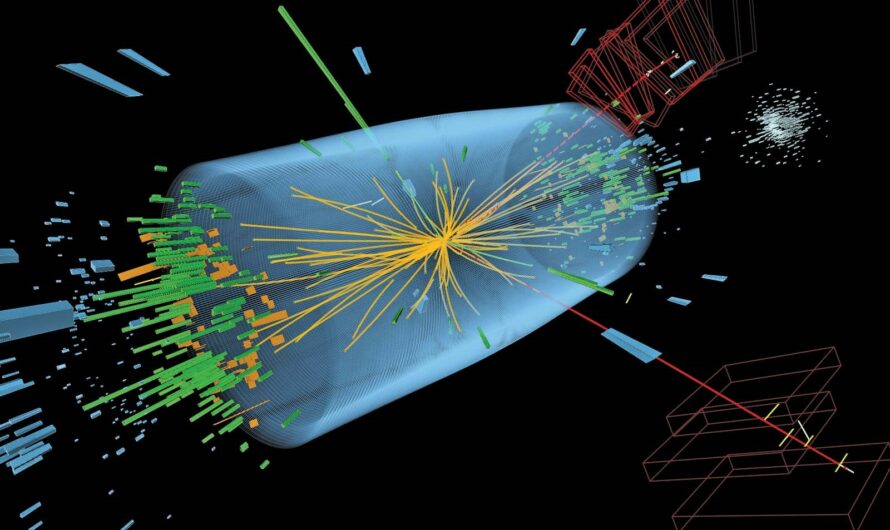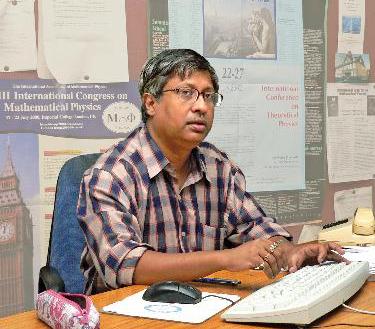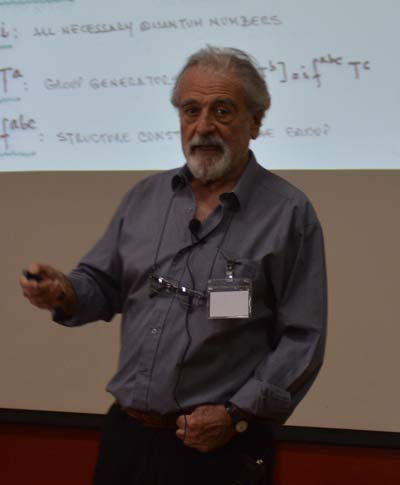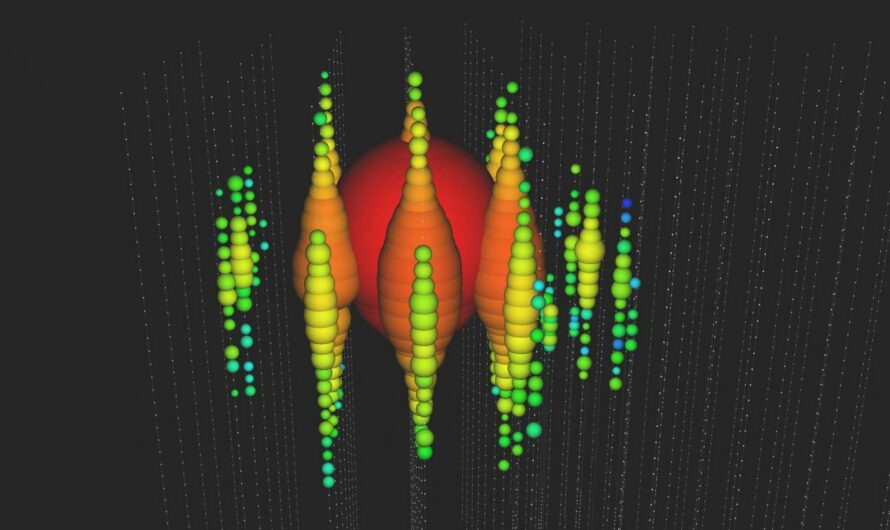Conferencia de Antonio Pich, «El bosón de Higgs: una ventana en la frontera del conocimiento» 🗓 🗺
El descubrimiento en 2012 del bosón de Higgs, en el “Gran Colisionador de Hadrones” (LHC) del CERN, tiene para la física una relevancia equiparable a la que tuvo el descubrimiento del ADN en biología o la evidencia de la estructura atómica y molecular en química. Desde el punto de vista tecnológico supone un hito comparable a la llegada del hombre a la Luna, pero sus repercusiones científicas son mucho más importantes. Una hipótesis teórica, formulada en 1964 para poder entender las masas de los constituyentes elementales de la materia, se confirmaba 48 años más tarde como un ingrediente tangible del mundo real: un nuevo campo de fuerzas que puede hacer encajar las últimas piezas del llamado “Modelo Estándar” de las interacciones fundamentales y, quizás, abrir una ventana a nuevos fenómenos de naturaleza insospechada. El LHC, una auténtica maravilla tecnológica, sigue explorando las fronteras actuales del conocimiento y, en particular, las propiedades del campo de Higgs. Estamos inmersos en una etapa apasionante de investigación científica que puede deparar grandes sorpresas.






